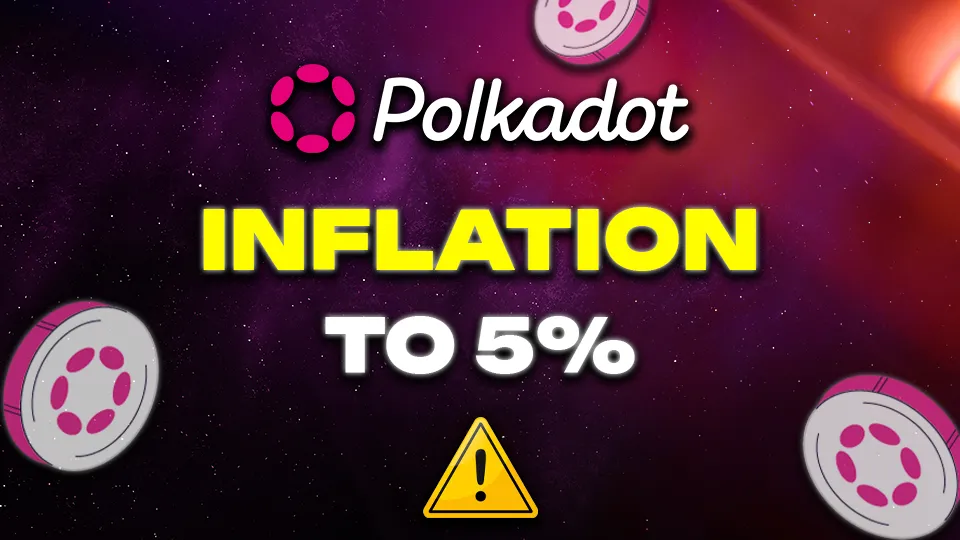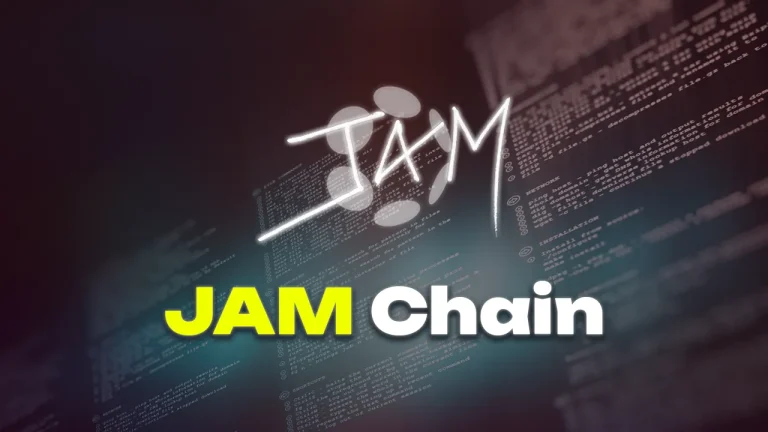The Polkadot ecosystem is once again at the forefront of blockchain innovation, with a significant proposal currently under discussion: reducing the DOT inflation rate to 5%. This proposal has sparked considerable debate within the community, highlighting the dynamic nature of Polkadot’s governance and its commitment to adapting to the evolving needs of its stakeholders.
Polkadot Token DOT Inflation Background
Inflation in blockchain networks like Polkadot serves several critical purposes. Primarily, it ensures the economic security of the network by incentivizing validators who play a vital role in maintaining the network’s integrity. Additionally, inflation funds the treasury, which supports ecosystem development and community-driven projects. Since its inception, Polkadot has maintained a 10% inflation rate, a figure deemed necessary to attract and retain a robust set of Polkadot network validators during the network’s early stages.
However, as the network matures, there is a growing discourse around sustainability and long-term economic health. Many in the community have voiced concerns that the current inflation rate may no longer be necessary or optimal. This has led to the proposal to reduce the inflation rate to 5%, a move that proponents argue would strike a balance between incentivizing validators and ensuring the long-term value retention of DOT, Polkadot’s native token.
Changing Polkadot’s inflation isn’t as straightforward as it seems.
Everyone’s talking about the big drop and potential upside, but there’s more to it than that.
Let me break down all the aspects that were hashed out in a big debate recently… https://t.co/t29hSPhlbn
— goku (@0xgoku_) August 2, 2024
The Proposal to Reduce Polkadot Inflation
The proposal, which has garnered significant attention, suggests a reduction in the annual inflation rate from the current 10% to 5%. This reduction would likely result in a more conservative issuance of new tokens, thereby reducing the potential dilution of existing holders’ stakes. Importantly, this proposal also seeks to empower the community by making the parameters of inflation more flexible and subject to governance decisions.
One of the critical elements of this proposal is the introduction of a fixed treasury inflow mechanism. This mechanism would decouple treasury funding from the staking rate, ensuring a steady flow of resources to the treasury regardless of fluctuations in staking activity. Such a change could provide greater financial predictability and stability for funding ecosystem development projects.
Governance and Community Engagement
The process of potentially reducing DOT inflation is a testament to Polkadot’s decentralized governance framework. The proposal is currently under discussion in the Polkadot forums, where community members can weigh in on the merits and potential drawbacks of the change. If the community reaches a consensus, the proposal will proceed to a referendum, allowing DOT holders to vote on the issue directly.
This governance model, which empowers the community to make critical decisions about the network’s future, is a cornerstone of Polkadot’s philosophy. By making inflation parameters adjustable through governance, the network can remain responsive to the community’s evolving needs, adapting to changes in the ecosystem while maintaining transparency and fairness.
Implications for the Polkadot Ecosystem
If adopted, the reduction in DOT inflation could have several far-reaching implications. For one, it could enhance the long-term value proposition of DOT by limiting supply dilution, which could be attractive to both existing holders and potential new investors. Additionally, by securing a more predictable treasury funding mechanism, the network could ensure sustained support for vital projects and initiatives within the ecosystem.
On the other hand, the proposal also acknowledges the need to continue incentivizing validators to maintain the network’s security. The proposed changes are designed to ensure that the reduction in inflation does not undermine these incentives, preserving the integrity and performance of the network.
Conclusion
The ongoing discussion about reducing Polkadot’s inflation rate to 5% underscores the network’s commitment to sustainability and responsive governance. As the proposal moves through the community and towards a potential referendum, it will be crucial for all stakeholders to engage in the debate, weighing the long-term benefits against any potential risks.
This potential adjustment is not just a financial tweak but a strategic evolution, reflecting Polkadot’s mission to create a flexible, secure, and inclusive blockchain network that can adapt to the future needs of its diverse community.








